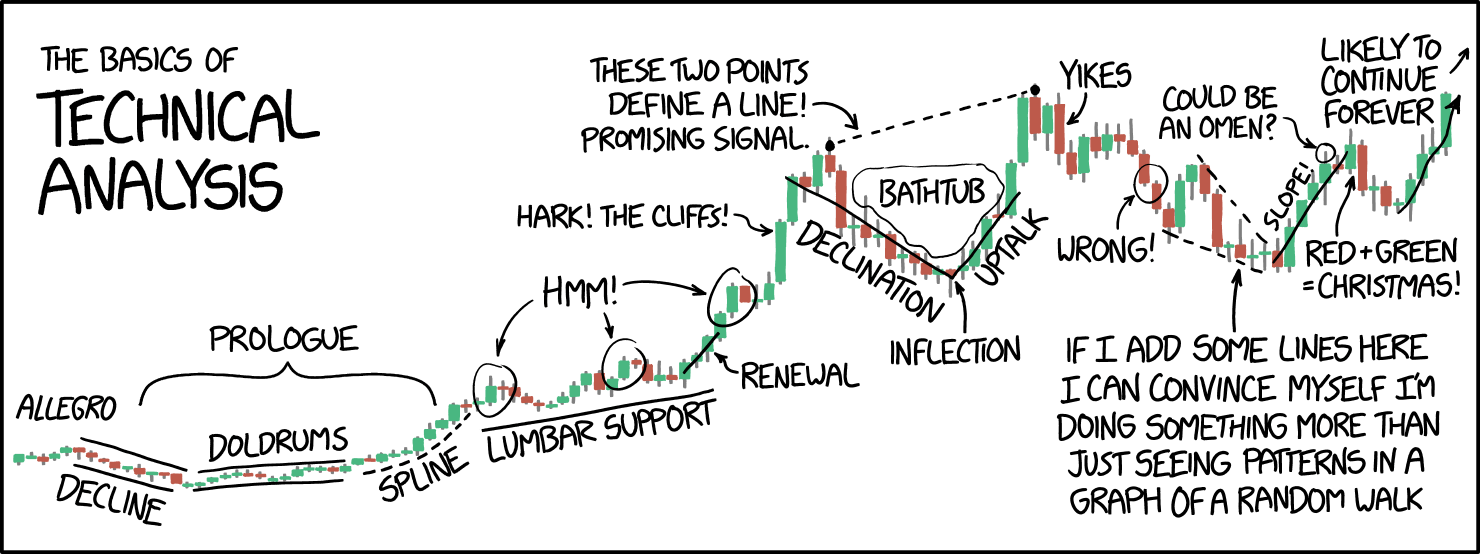Valinvest

A value investing tool based on Warren Buffett, Joseph Piotroski and Benjamin Graham thoughts
Welcome to Valinvest
🔥 Important update 🔥
The Financial API used by valinvest to get financial data has been rewritten and now requires a API Key in order to make request. So, the first step now is to register on https://financialmodelingprep.com/login and get an API key. Keep it, you will need it to use valinvest ;)
✨ tl;dr ✨
For a given stock ticker, valinvest calculates a score from 0 to 9. The higher the score, the better the company is according to the scoring methodology.
- Install it
pip install valinvest- Calculate score
>>> import valinvest
>>> aapl = valinvest.Fundamental('AAPL', YOUR_API_KEY)
>>> aapl.fscore()
6.8
Table of contents 📚
Introduction
The aim of the package is to evaluate a stock according to his fundamentals by setting a score and identify buy and sells opportunies through technical indicators.
Methodology description
The scoring methodology is based on Joseph Piotroski's study (Value Investing: The Use of Historical Financial Statement Information to Separate Winners from Losers). The F-Score is used to help financial investment decisions by finding the best value stocks on the market.
The Piostroski score is calculated based on 9 criteria divided into 3 groups:
Profitability
- Return on Assets (1 point if it is positive in the current year, 0 otherwise)
- Operating Cash Flow (1 point if it is positive in the current year, 0 otherwise)
- Change in Return of Assets (ROA) (1 point if ROA is higher in the current year compared to the previous one, 0 otherwise)
- Accruals (1 point if Operating Cash Flow/Total Assets is higher than ROA in the current year, 0 otherwise)
Leverage, Liquidity and Source of Funds
- Change in Leverage (long-term) ratio (1 point if the ratio is lower this year compared to the previous one, 0 otherwise)
- Change in Current ratio (1 point if it is higher in the current year compared to the previous one, 0 otherwise)
- Change in the number of shares (1 point if no new shares were issued during the last year)
Operating Efficiency
- Change in Gross Margin (1 point if it is higher in the current year compared to the previous one, 0 otherwise)
- Change in Asset Turnover ratio (1 point if it is higher in the current year compared to the previous one, 0 otherwise)
This software calculates an alternate version of the F-Score as follows:
Growth
- Net Revenue
- EBITDA
- Earnings per share (EPS)
Profitability
- CROIC
- ROIC
Debts
- EBITDA cover ratio
- Debt coverage
Market sensibility
- Beta
Investment
- Equity buyback
Installation
pip install valinvest
Examples
Starbucks Corporation (SBUX)
| 2009 | 2010 | 2011 | 2012 | 2013 | 2014 | 2015 | 2016 | 2017 | 2018 | 2019 | Score | |
|---|---|---|---|---|---|---|---|---|---|---|---|---|
| REV_G | 1 | 1 | 1 | 1 | 1 | 1 | 1 | 1 | 1 | 1 | 1 | |
| EBT_G | 1 | 1 | 1 | 0 | 1 | 1 | 1 | 0 | 0 | 1 | 0.7 | |
| EPS_G | 1 | 1 | 1 | 0 | 1 | 0 | 1 | 1 | 1 | 0 | 0.7 | |
| ROIC | 0 | 0 | 1 | 0 | 0 | 0 | 0 | 0 | 0 | 0 | 0 | 0.1 |
| CROIC | 1 | 1 | 1 | 1 | 1 | 0 | 1 | 1 | 1 | 1 | 1 | 0.9 |
| 5YRS_BETA | 1 | |||||||||||
| EBITDA_COVER | 1 | 1 | 1 | 1 | 1 | 1 | 1 | 1 | 1 | 1 | 1 | 1 |
| DEBT_COST | 0 | 0 | 0 | 0 | 1 | 1 | 1 | 1 | 1 | 1 | 1 | 0.7 |
| EQ_BUYBACK | 1 | 0 | 0 | 1 | 0 | 0 | 1 | 1 | 1 | 1 | 0.6 | |
| F-SCORE | 6.7 |
>>> import valinvest
>>> sbux = valinvest.Fundamental('SBUX')
>>> sbux.fscore()
6.7Apple Inc. (AAPL)
| 2009 | 2010 | 2011 | 2012 | 2013 | 2014 | 2015 | 2016 | 2017 | 2018 | 2019 | Score | |
|---|---|---|---|---|---|---|---|---|---|---|---|---|
| REV_G | 1 | 1 | 1 | 1 | 1 | 1 | 0 | 1 | 1 | 0 | 0.8 | |
| EBT_G | 1 | 1 | 1 | 0 | 1 | 1 | 0 | 1 | 1 | 0 | 0.7 | |
| EPS_G | 1 | 1 | 1 | 0 | 0 | 1 | 0 | 1 | 1 | 0 | 0.6 | |
| ROIC | 1 | 1 | 1 | 1 | 1 | 1 | 1 | 1 | 1 | 1 | 1 | 1 |
| CROIC | 1 | 1 | 1 | 1 | 1 | 1 | 1 | 1 | 1 | 1 | 1 | 1 |
| 5YRS_BETA | 0 | |||||||||||
| EBITDA_COVER | 1 | 1 | 1 | 1 | 1 | 1 | 1 | 1 | 1 | 1 | 1 | 1 |
| DEBT_COST | 1 | 1 | 1 | 1 | 1 | 1 | 1 | 1 | 1 | 1 | 1 | 1 |
| EQ_BUYBACK | 1 | 0 | 0 | 1 | 0 | 1 | 1 | 1 | 1 | 1 | 0.7 | |
| F-SCORE | 6.8 |
>>> import valinvest
>>> aapl = valinvest.Fundamental('AAPL')
>>> aapl.fscore()
6.8License
This project is licensed under the MIT License - see the LICENSE.md file for details
Credits
This software uses code from several open source packages:
